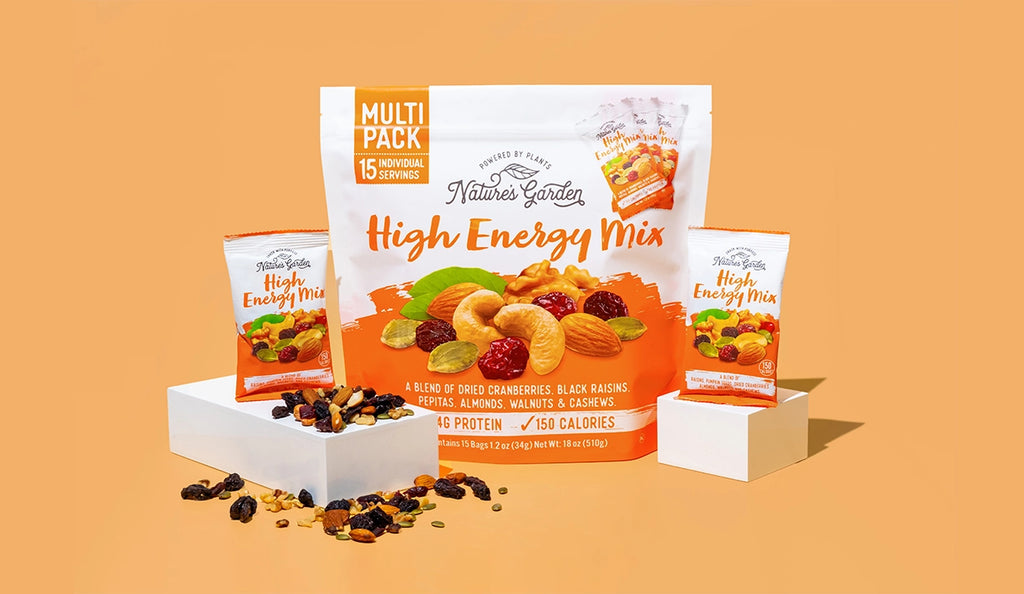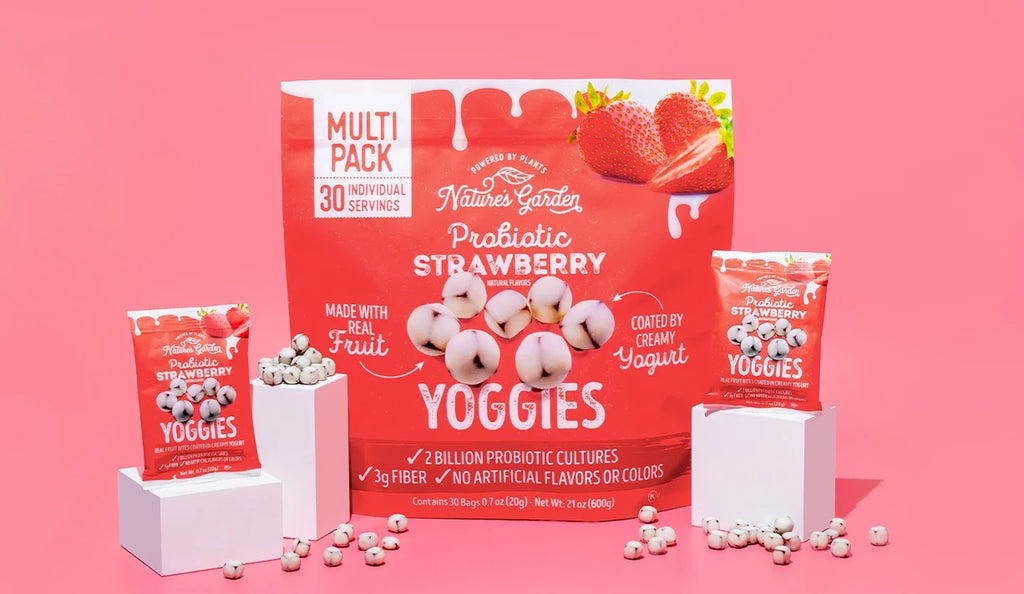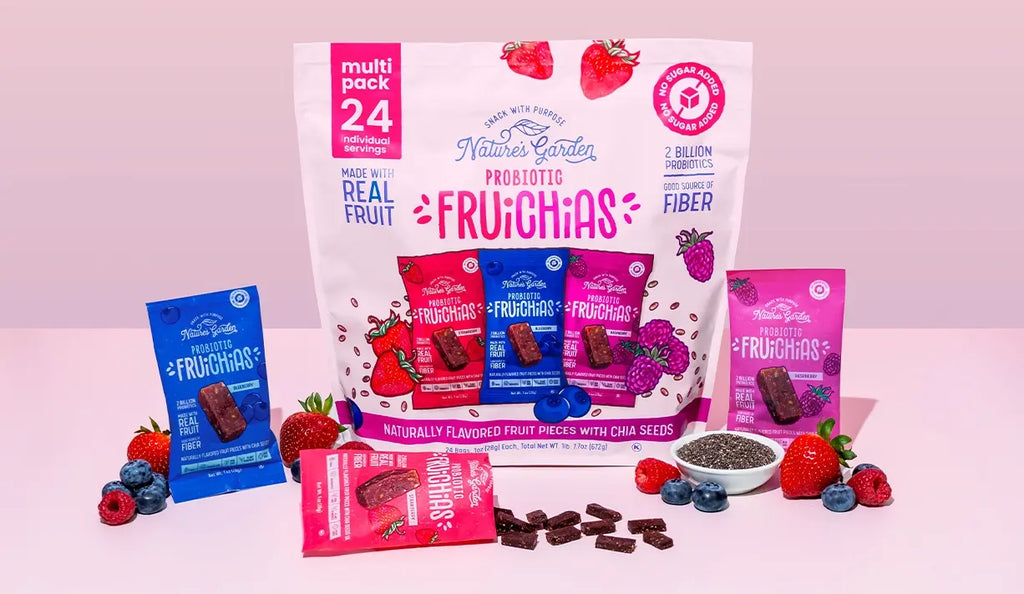Have you ever found yourself in the middle of a busy day, energy dwindling and concentration fading, reaching for the nearest sugary snack for a quick pick-me-up? You're not alone. In our relentless, fast-paced lives, maintaining consistent energy levels is a common challenge. But what if the secret to enduring vitality lies not in the sugar-laden snacks, but in balancing our blood sugar and choosing the right nutrients? Enter magnesium - an unsung hero in the quest for balanced energy and optimal well-being. In this comprehensive guide, we dive deep into the world of magnesium, unraveling its crucial role in blood sugar control and unveiling how magnesium-rich snacks can be your powerhouse for sustained energy and peak performance throughout the day.
What Does Blood Sugar Have to Do with Your Energy Levels?
Introduction to Blood Sugar
Blood sugar, or glucose, is our body's primary energy source, derived from the food we eat. Maintaining a balanced level is essential as it influences our energy levels, mood, and overall health.
The Role of Magnesium in Blood Sugar Control
Magnesium is a mineral that plays a crucial role in our body's ability to control blood sugar levels, influencing the release and activity of insulin. Ensuring you have an adequate intake, possibly through magnesium-rich snacks or supplements, can contribute to balanced blood sugar levels.
Signs of Blood Sugar Imbalances
Recognizing the signs of blood sugar imbalances, such as energy crashes, irritability, and cravings for sweets, is essential for taking timely action to restore balance.
Why Should You Choose Low Glycemic Snacks for Sustained Energy?
What are Low Glycemic Snacks?
Low glycemic snacks result in a slower and more gradual increase in blood sugar levels, providing sustained energy.
Magnesium-Rich, Low Glycemic Snacks
Integrating snacks that are both low in glycemic index and high in magnesium, such as nuts and seeds, can contribute to your daily magnesium intake while stabilizing your energy levels. For a detailed exploration of top magnesium-rich nuts, check out our popular blog post “here”.
Detailed Breakdown of Magnesium-Rich Foods
|
Food Category |
Food Item |
Approximate Magnesium Content |
|
Nuts and Seeds |
Almonds (1 oz) |
80 mg |
|
Cashews (1 oz) |
74 mg |
|
|
Pumpkin Seeds (1 oz) |
156 mg |
|
|
Chia Seeds (1 oz) |
95 mg |
|
|
Flaxseeds (1 oz) |
110 mg |
|
|
Leafy Greens |
Spinach (1 cup, cooked) |
157 mg |
|
Swiss Chard (1 cup, cooked) |
150 mg |
|
|
Kale (1 cup, cooked) |
30 mg |
|
|
Whole Grains |
Quinoa (1 cup, cooked) |
118 mg |
|
Brown Rice (1 cup, cooked) |
84 mg |
|
|
Oats (1 cup) |
61 mg |
|
|
Legumes |
Black Beans (1 cup, cooked) |
120 mg |
|
Chickpeas (1 cup, cooked) |
80 mg |
|
|
Lentils (1 cup, cooked) |
71 mg |
|
|
Fish |
Mackerel (1 fillet) |
97 mg |
|
Salmon (1 fillet) |
53 mg |
|
|
Others |
Banana (1 medium) |
32 mg |
|
Avocado (1 medium) |
58 mg |
|
|
Dark Chocolate (1 oz) |
64 mg |
Types Of Magnesium Chart
|
Type of Magnesium |
Potential Benefits* |
Common Sources |
|
Magnesium Citrate |
Often used in supplements, known for its bioavailability. |
Available in supplement form. Found naturally in citrus fruits in smaller amounts. |
|
Magnesium Oxide |
Commonly used for short-term relief from constipation. |
Available in supplement form and as an over-the-counter laxative. |
|
Magnesium Chloride |
Available in various forms and may be used in supplements. |
Found in supplement form and in some topical products like oils and lotions. |
|
Magnesium Lactate |
May be easier to digest and absorb than other forms. |
Used in some supplements and sometimes as a food additive. |
|
Magnesium Malate |
Involved in the body's energy production processes. |
Available in supplement form. Naturally present in some fruits. |
|
Magnesium Taurate |
This form includes taurine, an amino acid. |
Available in supplement form. |
|
Magnesium Glycinate |
Often used in supplements, recognized for its potential to have a calming effect. |
Primarily found in supplement form. |
|
Magnesium L-Threonate |
Has been studied for its potential to enhance brain function. |
Available in supplement form. |
|
Magnesium Sulfate (Epsom Salt) |
Commonly used in bath salts for relaxation. |
Available as Epsom salt for bath soaks. Also available in some supplement forms. |
Balancing Snacks with Protein, Fat, and Fiber
A well-rounded snack includes a balance of low glycemic carbohydrates, protein, healthy fats, and fiber. This combination is key for prolonged energy and blood sugar stability.
How Does Fiber Play a Role in Managing Blood Sugar Levels?
Fiber's Impact on Blood Sugar
Dietary fiber plays a significant role in slowing down the absorption of sugar, leading to more stable blood sugar levels.
Magnesium and Fiber: A Powerful Duo
Combining foods that are high in both magnesium and fiber can enhance your blood sugar control efforts.
High-Fiber, Magnesium-Rich Snacks
Incorporate snacks like chia seeds, almonds, and leafy greens into your diet for a boost in both fiber and magnesium. Curious to learn more about foods rich in magnesium? One delicious and nutritious option to consider is Probiotic Strawberry Yoggies, which are not only an excellent source of fiber with 3 grams of fiber but also with 2 billion probiotic cultures to support your gut health. Including these Yoggies in your daily snack routine can contribute to more consistent blood sugar levels while also providing the added benefits of probiotics.
Which Snacks Should You Avoid to Maintain Blood Sugar Stability?
High-Glycemic Snacks and Their Impact
Be mindful of snacks with a high glycemic index, as they can lead to rapid spikes in blood sugar and subsequent energy crashes.
The Importance of Reading Labels
Educate yourself on food labels, steering clear of snacks with high sugar content and low fiber, opting instead for nutrient-rich options.
Making Smart Snacking Choices
Focus on whole, unprocessed foods rich in nutrients like magnesium, and be conscious of portion sizes to maintain blood sugar balance.
What Lifestyle Changes Can Help You Balance Your Blood Sugar Throughout the Day?
Consistent Snacking and Meal Timing
Maintaining a regular eating schedule with balanced meals and snacks throughout the day is key for stable blood sugar levels.
Incorporating Magnesium-Rich Foods in Every Meal
Strive to include magnesium-rich foods in all your meals and snacks, tapping into the benefits of this vital mineral for blood sugar control and overall health.
Lifestyle Factors and Blood Sugar Control
In addition to diet, factors such as adequate sleep, stress management, and physical activity play a pivotal role in maintaining balanced blood sugar levels.

In conclusion, understanding the relationship between magnesium, blood sugar levels, and energy is crucial for maintaining balance throughout your day. By making informed snacking choices, focusing on magnesium-rich foods, and adopting a balanced lifestyle, you can support your body's blood sugar balance and enjoy sustained energy and overall wellness. Remember, it's the small, consistent steps that lead to lasting change. Ready to transform your snacking habits? Dive deeper into the world of nutritious options with our comprehensive guides on magnesium-rich foods and top-magnesium rich nuts. Here’s to a balanced and energized life!

















